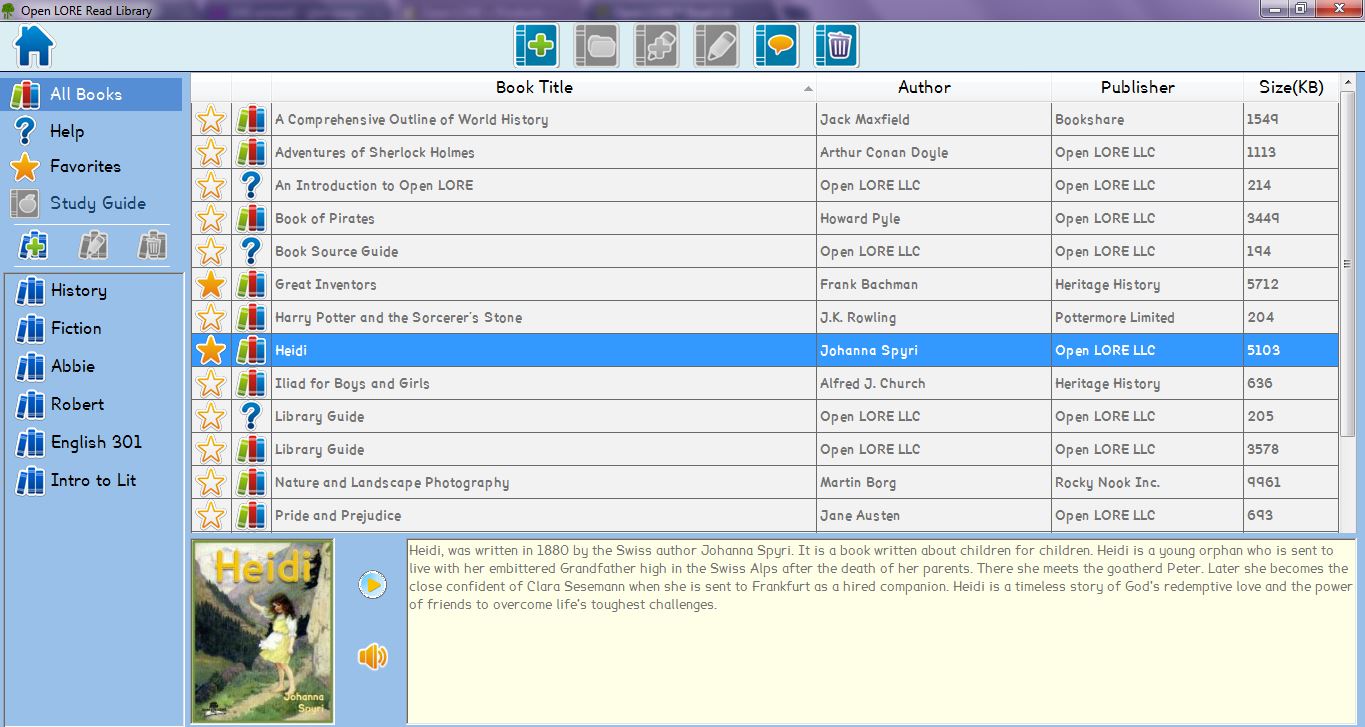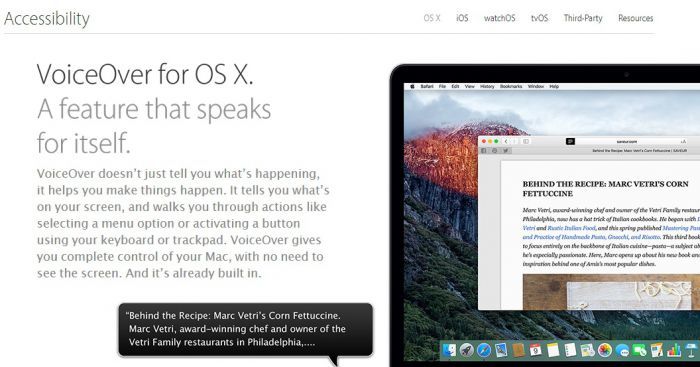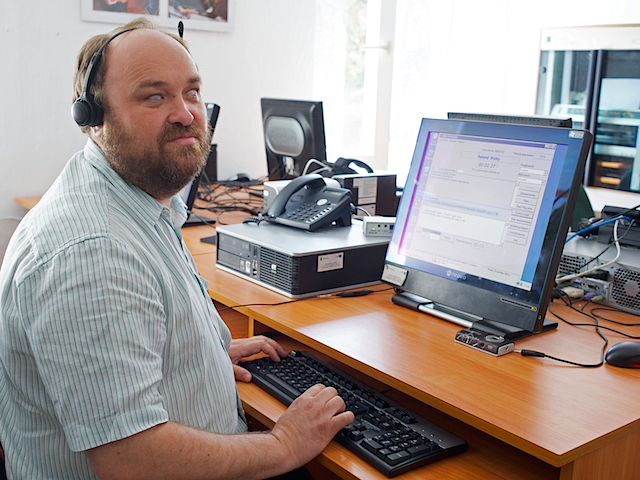

(Klatt, 1987.) In 1979, the MITalk text-to-speech system was developed at M.I.T., followed by the Klattalk system developed by Dennis Klatt.
#Screen reader software full#
The first full English text-to-speech system was developed by Noriko Umeda in the Electrotechnical Laboratory in Japan in 1968.

Research and development in speech synthesis technology continued over the next few decades in both academia and industry, with the invention of the first formant synthesizer, PAT (Parametric Artificial Talker), by Walter Lawrence in 1953, and the first articulatory synthesizer in 1958 by George Rosen of M.I.T., called the DAVO (Dyamic Analog of the Vocal Tract). While speech quality and intelligibility were far from good and the device was difficult to operate, the VODER proved that speech could be artificially produced. The VODER was operated by using touch-sensitive keys and a foot-pedal which controlled the electronic generating components. The VODER was based on its counterpart, the VOCODER, also invented by Dudley, which was built as an attempt to save early telephone circuit bandwith by using speech compression.

The VODER was a manually controlled electronic speaking instrument invented by Homer Dudley, while at Bell Laboratories. At the 1939 New York World’s Fair, the first device to be considered a speech synthesizer, the VODER (Voice Operating Demonstrator) was introduced. Screen reader technology can be traced back to its roots in the development of speech synthesizers. While the initial goals of research and development of speech synthesis technology were not necessarily to provide what we now call screen reader technology, it is important to look at the origins of speech synthesis and TTS. We’ll start by looking briefly at the origins of synthesized speech. There was an evolution in screen reader technology throughout that last three of these phases in order to continue to provide access to content on the screen for blind and visually impaired users. These include the era before the PC, the period of the DOS-style PC, the period of the Graphical User Interface (GUI), and the era when Web technology became prevalent. We can look at the history of screen reader technology in terms of four key timeframes. This law has important implications for accessible technology in general and in turn may prove to be an economic driving force for the advancement and adoption of screen reader technology. The law also prohibits federal agencies from developing, buying or using electronic and information technologies that are inaccessible to people with disabilities. In 1998 Congress amended the Federal Rehabilitation Act to require that Federal agencies’ electronic and information technology be accessible to people with disabilities. While the history of assistive technology and screen readers is quite convoluted, one important factor that has started to and will likely continue to impact the development and adoption of accessible technologies is activism and the enactment of federal regulations. Hence, conventional market economics have played less of a role in the development and adoption of screen readers. Census Bureau) this represents a relatively small market. (NFB, 2004.) However, out of the estimated 295 million people in the U.S. are blind and each year 50,000 more will become blind. It is estimated that about 1.1 million people in the U.S. The common opinion is that without improvements in access to technology for disabled users, there is an important consumer market that is neglected. Many within the disabilities community like to say that accessible technology is a market issue. In evaluating screen reader technology, it is important to look at the broader realm of accessibility. While speech synthesis technology was not initially aimed at filling a need for blind users, extensive research in this field contributed to the development of future screen reader technology. Throughout its history, the driving issues have changed.

The market for screen readers is not considered mainstream – the screen reader is an adaptive technology for users with disabilities. Screen readers with TTS output read the contents of the screen aloud and make it possible for visually impaired users to read and write documents, use the Internet, and send email using only a keyboard. For the purposes of this evaluation, I will focus on screen readers that use a text-to-speech engine.
#Screen reader software software#
A screen reader is software that translates the contents of the computer screen to either speech output, using a Text to Speech (TTS) engine, or to a Braille display. In this paper, I will evaluate the evolution of screen reader technology. Professor Terry Winograd & Professor Donald Norman Topics in HCI: The Evolution of Ideas & Products The Evolution of Screen Reader Technology


 0 kommentar(er)
0 kommentar(er)
